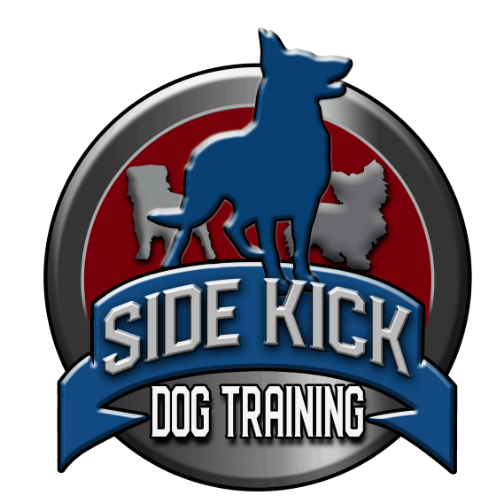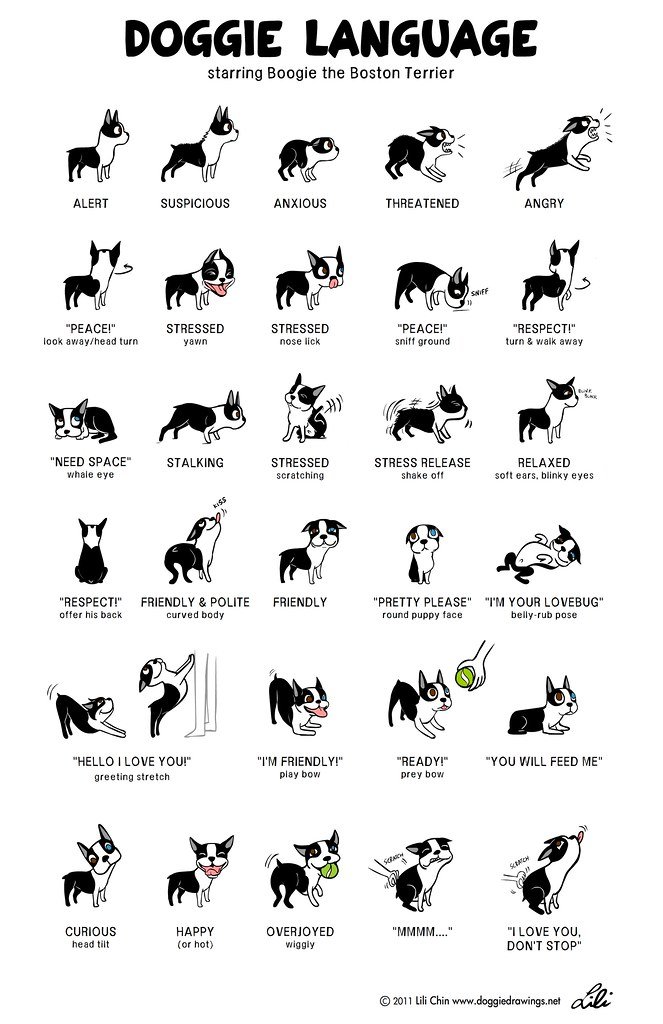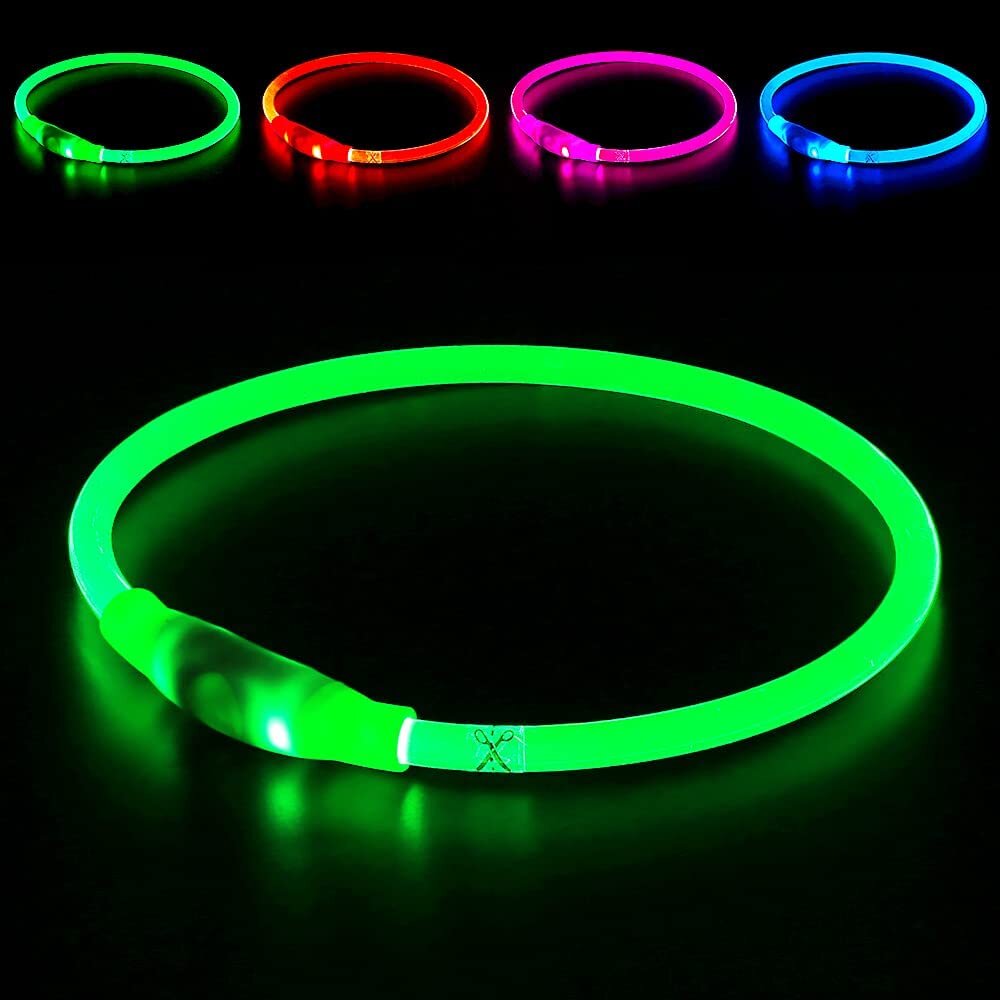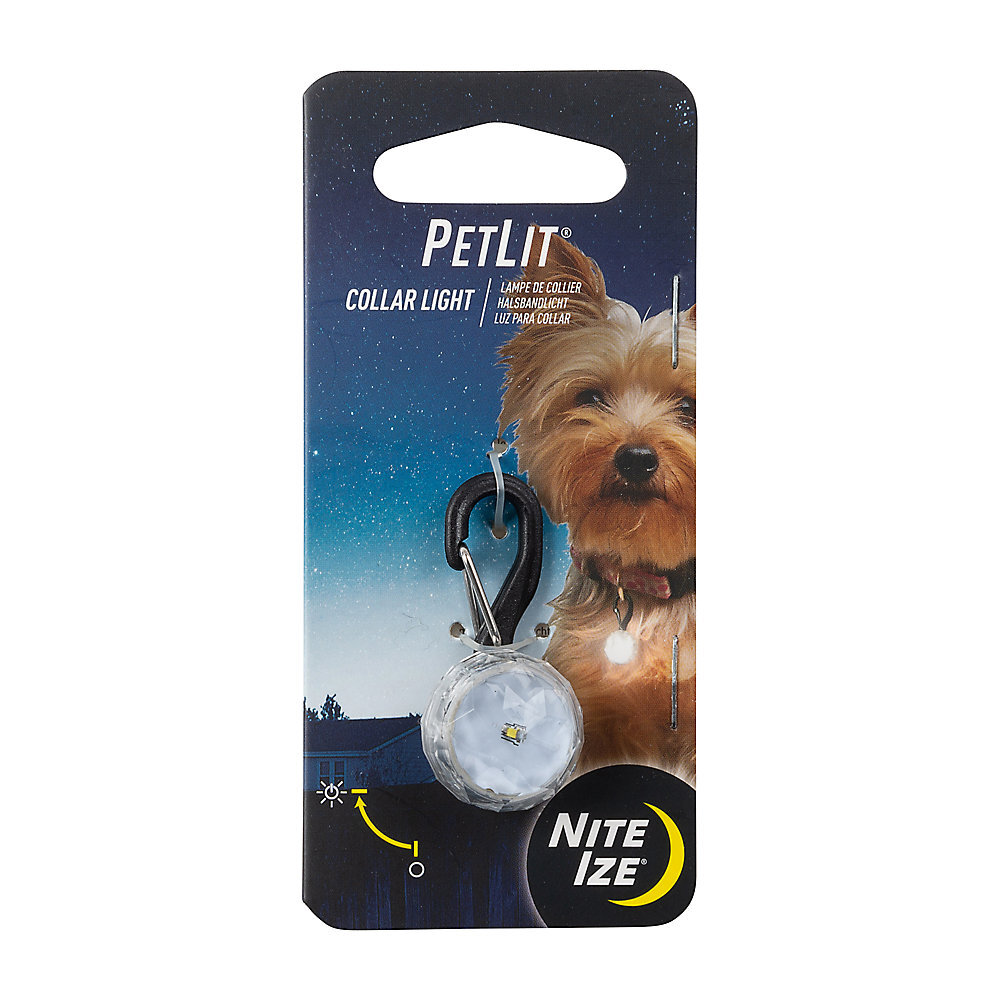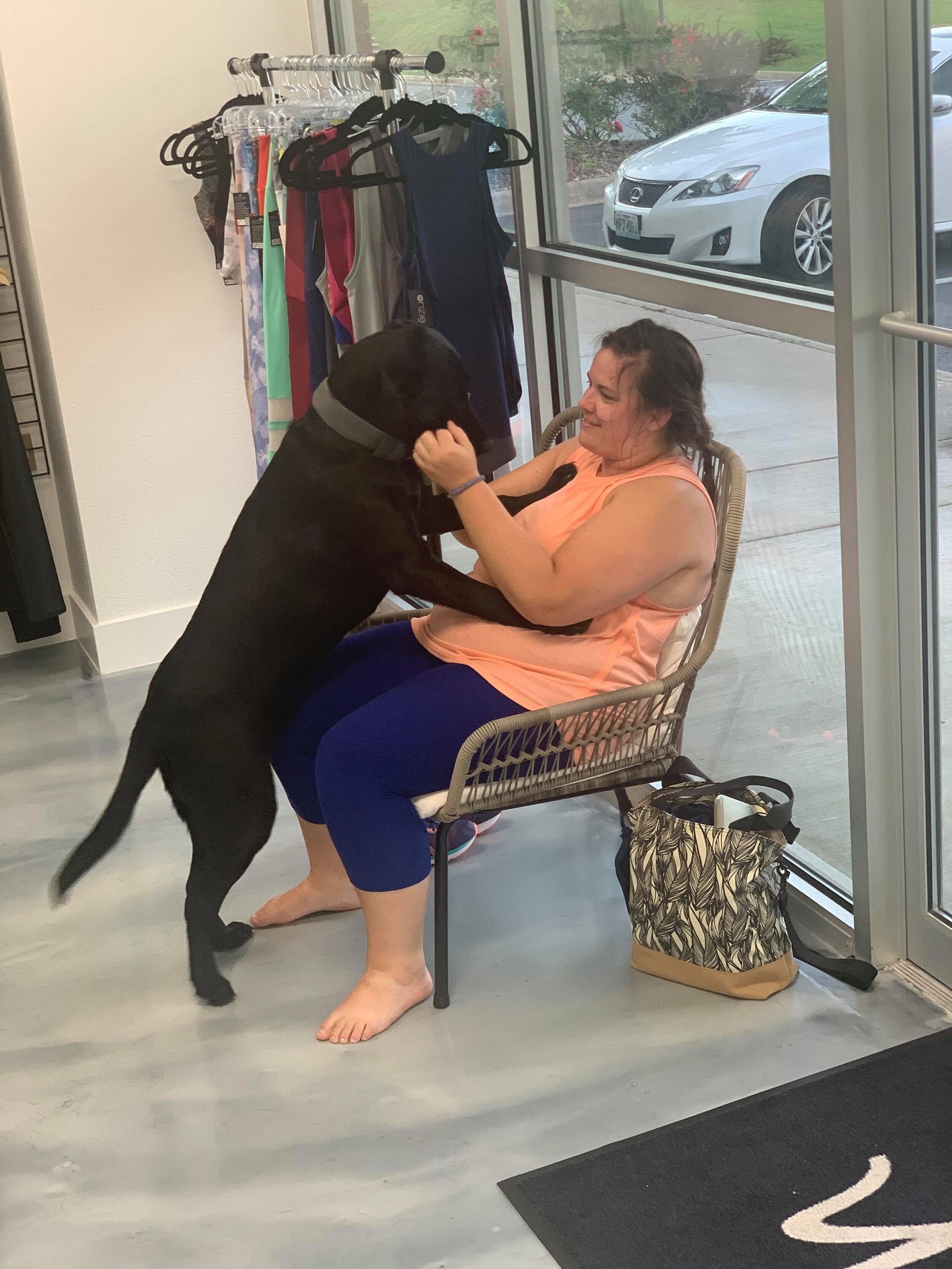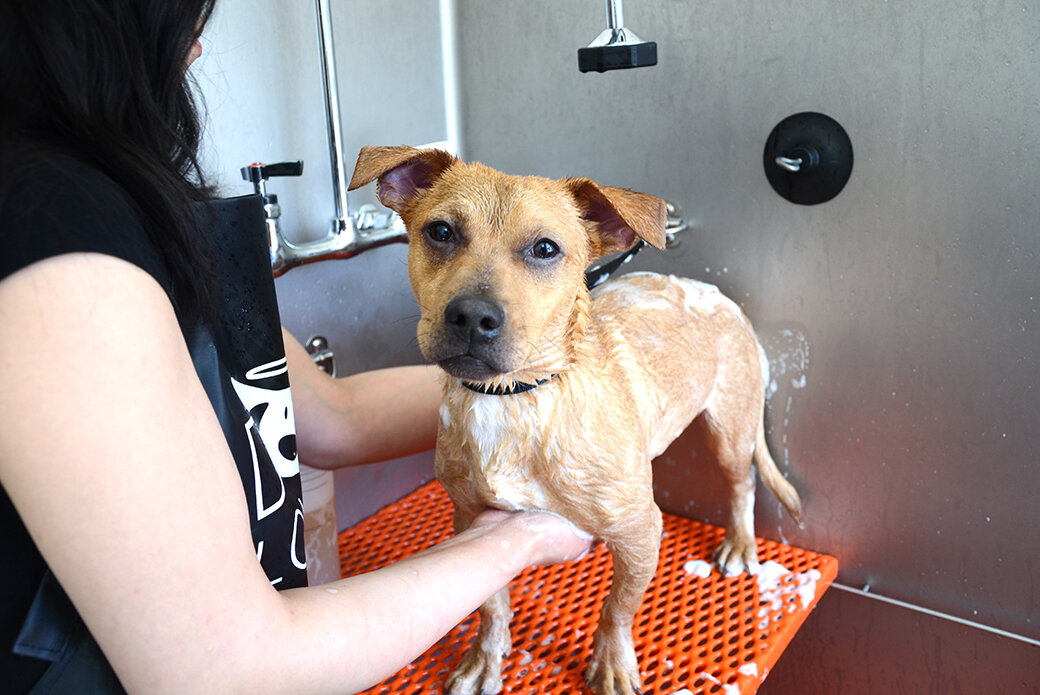By: Victoria SchadePublished: September 26, 2019
You’ve got a full schedule ahead of you and a dog who’s begging for your attention. While it might be tempting to go for a quick walk and call it a day, a better way to take the edge off your pup’s pent-up energy is a quick 15-minute game to play with your dog, one that taps into their natural drive and incorporates body and brain.
The following dog activities are on near-constant rotation in our home, whether I only have a few minutes to spare or I have the luxury of spending more time playing with my dogs, Millie and Olive. Fifteen minutes isn’t a huge time investment, but if you play the right kind of games, your dog will thank you for the good time.
Tug-of-War
People used to mistakenly believe that playing tug-of-war could cause aggression in dogs, but playing it with a few simple rules is actually a fantastic way to quickly exercise your pup. The rules of tug-of-war are simple:
Your dog waits to take the tug toy until you present it.
They release the toy when you ask.
They respond to “sit,” “wait” and “down” during breaks in play to encourage focus and discourage over-excitement.
The type of toy you use to play this game with your dog is important since your dog is likely to have a preference for both the size and texture of it. Smaller dogs might enjoy a soft toy like the KONG Scrunch Knots Fox Toy, while bigger and more energetic tuggers might benefit from a rope toy like the Frisco Rope with Squeaking Ball toy, which puts enough space between the eager mouth and delicate fingers.
Tug-of-war is a perfect quick game because it’s easy, it doesn’t require much space and adding the training element in between rounds helps your dog’s training stay fresh.
Hide-and-Seek
Even though my dogs can sniff out microscopic crumbs, this “search and rescue” scenting game often stumps them. Hide-and-seek is a fun dog activity that encourages your dog to use their nose in order to find you in a hiding spot, whether you’re ducking behind the couch or camouflaged under the drapes. Creative pet parents can squeeze a ton of rounds into a 15-minute period, which will result in a mentally tired pooch!
Start off the game by stepping behind a corner and telling your dog “find me” in an excited voice. (The game starts off simple on purpose!) When they discover you, praise them, then tell them to stay, leave the room and hide in a new spot. You might have to make extra noises, like whistling or clapping, as your hiding spot gets more creative, but don’t give your dog too many hints.
Once your dog understands the rules, you can play hide-and-seek anywhere. Taking the game outside adds a layer of difficulty because you’ll be competing with more distractions, so you can reward your dog with an extra special treat, like Stewart Pro-Treat Beef Liver Freeze-Dried Raw Treats, when they find you. If your pup is toy-crazy, play a quick round of tug of war or fetch when they find you with Tuffy’s Ultimate 4-Way Ring Toy.
This game is a fantastic way to grow your bond, and because it gets your dog excited about coming to you, it’s an excellent foundation for teaching your dog to come when called.
Ph
Find the Toy
Most pet parents know that they need to exercise their canine athlete’s body, but we forget that our dogs have busy brains that also require a workout. Much like hide-and-seek, “find the toy” taps into your dog’s incredible scenting abilities by asking them to use only their sense of smell to find hidden toys. It’s the ultimate quick game to play with your dog because it only takes a few repetitions to start to mentally tax your dog. I love watching how much Millie and Olive enjoy searching for the hidden toy, but I especially love that it only takes a few rounds to make them pant with exhaustion.
To begin, place a new toy in an obvious spot, like peeking out from under the couch, and tell your dog to “find it” in an excited voice. Play with your dog and the toy once they grab it, then hide the toy in another obvious location and tell them to “find it” again. After a few repetitions, your dog should understand what “find it” means, and you’ll be able to hide the toy in increasingly tougher spots. Ask them to stay in a different room and hide the toy where they can’t see it, then tell them to find it and watch them use their amazing nose to uncover it.
Keep in mind that the size of the toy you use will impact how easy it is to hide it. Try to use the smallest toy that’s safe for your pup so that you can stash it in top secret spots like behind pillows, on bookshelves and hanging from doorknobs. Plush toys like Ethical Pet Skineeez come in two sizes and don’t have stuffing which means they can be rolled up to fit in a variety of surprising spots. Don’t forget to let your dog have some play time with the toy once they find it!
Never-ending Fetch
Sure, playing fetch is fun, but if you only have a short time to play with your pup, a round of never-ending fetch can crank up the intensity level. The key to never-ending fetch is to have a variety of toys and balls ready to go so that your dog barely has time to pause in between throws, and they never know what they’re going to be chasing.
The game is simple: Just ask your dog to sit, which is a way to encourage polite behavior, then immediately toss a basic fetch option, like a tennis ball. When they bring it back, ask them to drop it and immediately throw a different type of ball. (If your dog is reluctant to let go of the first ball, just wiggle the next option enticingly so that they let go of the one they have, then work on “drop it” when you have more time.)
The goal of the game is to use increasingly more intriguing toys and balls so that your dog brings them back to you faster and faster in order to see what you’re going to throw next. Keep the balls in a bucket so that you’re always ready to go for a quick round. For ball-crazy dogs, opt for a variety of types, from tennis balls like Frisco Fetch Squeaking Tennis Balls to balls with unusual textures, like the Gnawsome Squeak & Light LED Balls. If your dog prefers plush toys try GoDog Just for Me Chew Guard FurBallz toys, which come in a variety of sizes.
This high-speed game involves a ton of running and an element of surprise that will keep your pup engaged. If you keep your speed up and throw the balls in a variety of directions your dog will be tuckered out in no time.
Toy on a String
The best games to play with dogs tap into their natural drives, and there’s nothing quite like the thrill of stalking and taking down prey. Cats love chasing string toys, but many pet parents are surprised to discover that dogs love it, too. A game of toy on a string mimics the joy of the chase and is hands-down Millie and Olive’s favorite game. In fact, they’re so quick at nabbing the toy that I need to improve my reflexes!
You can buy pre-made “flirt pole” toys on a string, like the Outward Hound Tail Teaser, or you can make your own with some string or yarn and a small plush toy. The string should be long enough so that it can be dragged along the floor but not so long that it endangers your lamps and vases if you flick it too far. (And don’t use thin string because it might cut the inside of your dog’s mouth if they latch onto it by accident.) String and yarn are unsafe if ingested, so these toys should be used only under a responsible adult’s supervision.
Drag the toy slowly at first so your dog can get used to chasing it. Then, as they get better at tracking the toy, make it more challenging for them to catch it. It’s important to occasionally let your dog grab onto the toy, otherwise the game will get frustrating for them. To discourage jumping, try to keep the toy on the ground rather than pulling it up in the air. Millie and Olive guarantee that your dog will love this cat-like game!
Our dogs need an investment of time to make sure their physical and mental needs are taken care of, but sometimes life gets in the way. When you’re faced with a time-crunch, try a creative dog activity that quickly engages your pup’s brain and body and you’ll be able to attack your to-do list without suffering from pet parent guilt.
